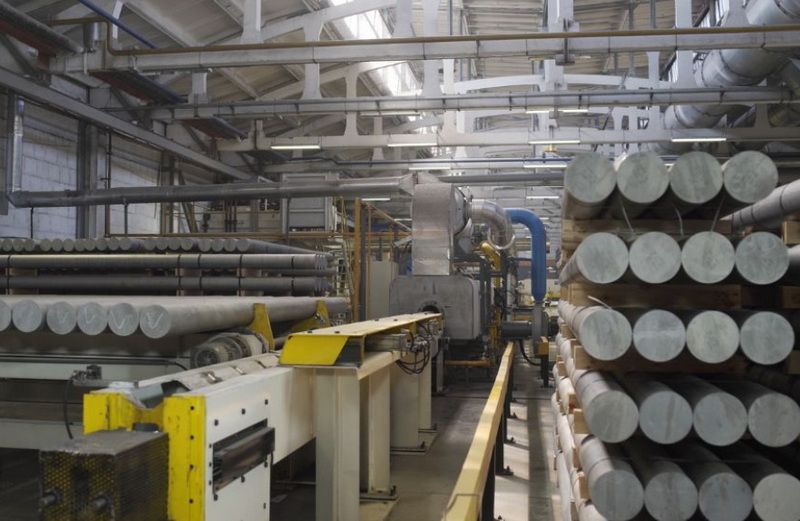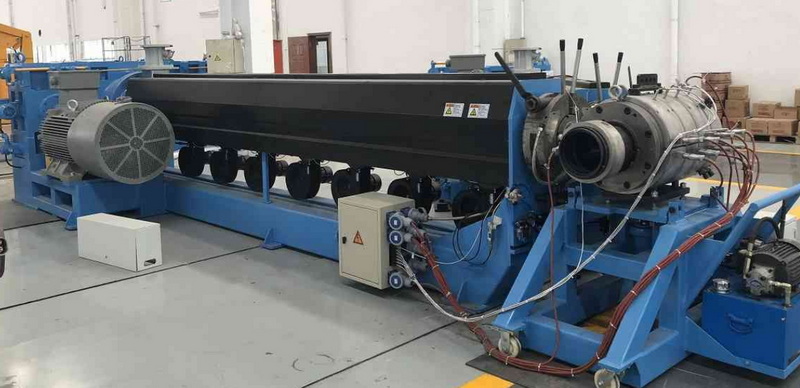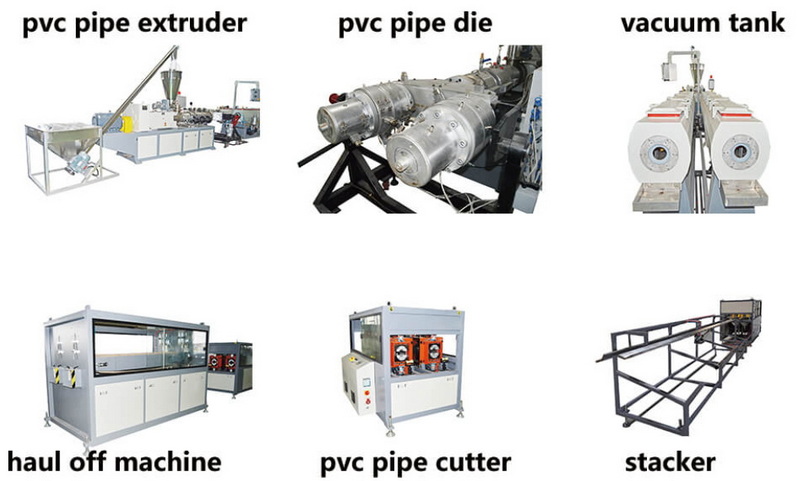Content Menu
● Understanding Electric Wire Conduits
● The Extrusion Process
>> 1. Raw Material Preparation
>> 2. Feeding Materials into the Extruder
>> 3. Extrusion Process
>> 4. Cooling and Shaping
>> 5. Cutting
>> 6. Printing Information
>> 7. Quality Inspection
>> 8. Packaging and Shipping
● Key Components of an Electric Wire Conduit Extrusion Production Line
● Conclusion
● FAQ
>> 1. What materials are used in electric wire conduit production?
>> 2. How does cooling affect conduit quality?
>> 3. What role does quality control play in conduit manufacturing?
>> 4. Can different types of conduits be produced on the same line?
>> 5. What safety standards must electric wire conduits meet?
● Citations:
The production of electric wire conduits is a vital process in the electrical industry, ensuring that wires are protected and organized within various applications. This article will delve into the intricacies of an electric wire conduit extrusion production line, detailing each step of the process, the machinery involved, and the quality control measures necessary to produce high-quality conduits.

Understanding Electric Wire Conduits
Electric wire conduits are protective tubes used to encase electrical wiring. They serve multiple purposes:
- Protection: They shield wires from physical damage.
- Organization: They help organize electrical installations, making maintenance easier.
- Safety: They reduce the risk of electrical hazards by providing insulation and preventing exposure to moisture and chemicals.
Conduits can be made from various materials, with PVC (Polyvinyl Chloride) being one of the most common due to its excellent insulating properties and resistance to corrosion.
The Extrusion Process
The extrusion process involves several key steps that transform raw materials into finished electric wire conduits. Below is a detailed breakdown of each stage.
1. Raw Material Preparation
The first step in the extrusion process is preparing the raw materials. This includes:
- Selecting PVC resin: The primary material used for conduit production.
- Adding additives: These may include stabilizers, plasticizers, and lubricants to enhance the properties of the final product.
- Mixing: All materials are mixed thoroughly to ensure uniformity.
2. Feeding Materials into the Extruder
Once the materials are prepared, they are fed into an extruder. The feeding system must maintain a consistent flow rate to ensure uniform production.
- Gravity-fed hoppers are commonly used for this purpose, ensuring that the material flows smoothly into the extruder without clogging.
3. Extrusion Process
The heart of the production line is the extruder itself. Here's how it works:
- Heating: The extruder heats the PVC mixture until it melts. This is done using heating elements along the barrel of the extruder.
- Screw Mechanism: A rotating screw pushes the melted PVC through a die, shaping it into a hollow tube.
- Die Design: The die determines the final shape and size of the conduit. It can be customized depending on specific requirements.

4. Cooling and Shaping
After exiting the die, the newly formed conduit must be cooled to maintain its shape:
- Vacuum Cooling System: A vacuum cooling system helps shape the conduit while it cools down.
- Water Cooling Tanks: These tanks further cool down the conduit quickly and uniformly to prevent warping or deformation.
5. Cutting
Once cooled, the conduit is cut to predetermined lengths:
- Automatic Cutting Machines: These machines use sensors to measure lengths accurately before cutting.
- Quality Control During Cutting: Ensuring that cut lengths meet specifications is critical for maintaining product quality.
6. Printing Information
To comply with industry standards and provide necessary information to users, printing is often required on conduits:
- Roller Printers: These printers apply markings such as brand names, specifications, and compliance information directly onto the conduit surface during production.
7. Quality Inspection
Quality control is paramount in conduit production:
- Visual Inspections: Operators check for defects such as scratches or uneven surfaces.
- Mechanical Testing: Samples may undergo tests for flexibility, tensile strength, and resistance to chemicals or heat.
8. Packaging and Shipping
Finally, once inspected and approved, conduits are packaged for shipment:
- Automated Packaging Systems: These systems ensure efficient wrapping and boxing of products for delivery.
Key Components of an Electric Wire Conduit Extrusion Production Line
An efficient electric wire conduit extrusion production line consists of several key components:
1. Extruder: The main machine responsible for melting and shaping PVC.
2. Cooling Systems: Essential for solidifying the extruded material.
3. Cutting Machines: For precise length cutting.
4. Printing Equipment: For labeling products.
5. Quality Control Stations: For inspecting finished products before packaging.
Conclusion
The electric wire conduit extrusion production line is a complex yet efficient system that transforms raw materials into essential components for electrical installations. Each step in this process—from material preparation to quality inspection—plays a crucial role in ensuring that conduits meet safety standards and customer expectations.
By understanding how these systems work, manufacturers can optimize their processes for efficiency and quality, ultimately contributing to safer electrical installations across various industries.

FAQ
1. What materials are used in electric wire conduit production?
Electric wire conduits are primarily made from PVC resin with various additives for enhanced properties like flexibility and resistance to environmental factors.
2. How does cooling affect conduit quality?
Cooling is crucial as it solidifies the shape of the conduit; improper cooling can lead to warping or defects in finished products.
3. What role does quality control play in conduit manufacturing?
Quality control ensures that each product meets safety standards and specifications through rigorous testing and inspection at various stages of production.
4. Can different types of conduits be produced on the same line?
Yes, by changing dies and adjusting settings on the extruder, different sizes and shapes of conduits can be produced on the same extrusion line.
5. What safety standards must electric wire conduits meet?
Electric wire conduits must comply with industry standards such as UL651 in North America, which governs their performance under various conditions including fire resistance and durability.
Citations:
[1] https://www.ledestube.com/how-to-make-pvc-conduit-pipe/
[2] https://www.ctube-gr.com/news/how-to-make-an-electrical-conduit.html
[3] https://www.thermoplasticseng.com/thermoplastic-wire-cable-extrusion-line-engineering/
[4] https://www.bestsuppliers.com/products/fvljb27nodai/plastic-pvc-electrical-cable-conduit-trunking-profile-extruder-extrusion-production-line
[5] https://www.youtube.com/watch?v=3CcySZKNPq8
[6] https://www.jwellextrusions.com/common-problems-and-solutions-of-pe-pipe-extrusion-line.html
[7] https://www.jwellextrusions.com/products/trunking-extrusion-line/
[8] https://www.jwellextrusions.com/the-characteristics-of-pvc-pipe-extrusion-production-line-and-the-formation-of-extrusion-touch.html
[9] https://www.alibaba.com/showroom/electrical-wire-extrusion-line.html
[10] https://www.battenfeld-cincinnati.com/sectors/elektroindustrie






















